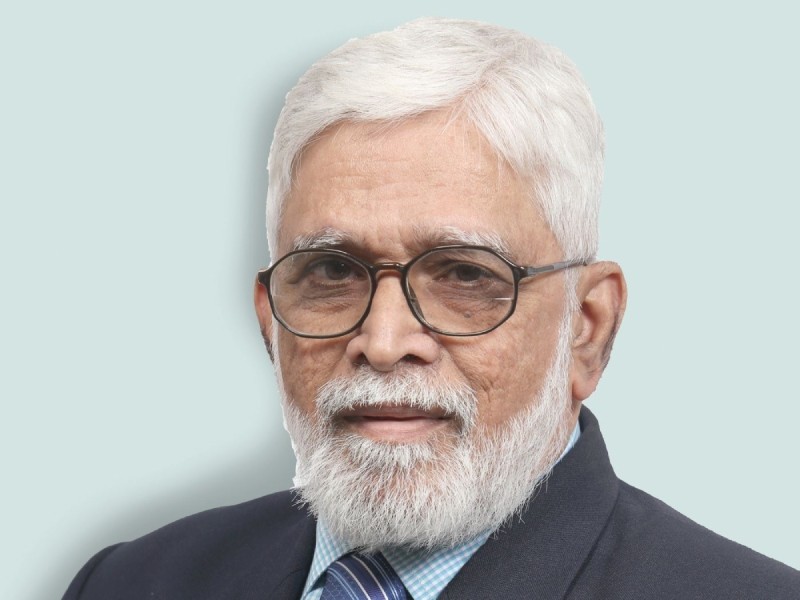“What’s In A Number ?”

Statistics holds clues to the reduction of preventable cancer
By Dr Ulhas Ganu
Cancer occurrence figures have monitored the world over and published intermittently in scientific journals; an essence of it gets reflected in newspapers. Our response is to get alarmed, discuss with friends and then the topic is forgotten once we get back to the routine.
The focus of this article is a recently published article in The Lancet. Based on statistics, the International Agency for Research on Cancer (IARC) predicted that more than 18 million new cases of cancer are likely to be diagnosed in 2018 globally and that an estimated number of about 9.6 million people will die from various forms of the disease. Does the report state that while Europe has only 9 percent of the world’s population, it accounts for nearly 25 percent WHAT’S IN A NUMBER? Statistics hold clues to the reduction of preventable cancer By dr ulHas ganu of global cancer cases and 20 percent of global cancer deaths. The study further reports that for men and women combined, while Asia represents 60 percent of the world population, nearly half of all new cases and more than half of the cancer deaths worldwide in 2018 are estimated to occur in Asia.
According to IARC, the overall cancer occurrence rate in India during 2018 could be 1.15 million out of which 587,249 are likely to be women. The dedicated cancer agency of the World Health Organization further states that cancer is a growing threat to global health and that one in five men and one in six women worldwide develop cancer during their lifetime, and one in eight men and one in 11 women die from cancer. According to Christopher Wild, these figures are based on observed trends and highlight the fact that much needs to be done to address the alarming rise in the cancer burden globally.

Population growth, aging and changing prevalence of certain causes of cancer linked to social and economic development are some of the factors responsible for this increased global incidence of cancer. This is inevitable as increased incomes lead to changed lifestyles affecting overall health differently. The study observes that breast, lip and oral cavity, cervix and uteri, lung, and stomach are the top 5 cancers encountered in India. Governments and social scientists have understood the need for intervention for the prevention of preventable cancers. Although a significant number of countries have adopted measures to reduce smoking and exposure to secondhand tobacco smoke, many countries need to do much more to prevent smoking-related cancers.
Some success has been achieved in reducing a few cancers is reflected in the reduced incidence of cervical and lung cancer. However, the new data show that most countries still face an increase in the absolute number of cases being diagnosed. Renowned scientist Dr. V R Khanolkar, chief of the Department of Pathology at the Tata Memorial Hospital during the 1940s and Founder Director of the then Indian Cancer Research Centre, had shown a direct relationship between tobacco and cancer. Yet, the report states that tobacco-related cancers continue to rise. According to the IARC’s Head of the Section of Cancer Surveillance, Freddie Bray, these results highlight the need to continue to put in place targeted and effective tobacco control policies in every country of the world.
IARC’s GLOBACON 2018 gives great service to the world by providing estimates of incidence and mortality in 185 countries for 36 different types of cancer. Its data shows that in addition to lung cancer, those that target the breast and colorectal areas are the most common types. Armed with this information, it should be our endeavor to design strategies to reach different regions and communities to convince them to modify their lifestyles for a reduction in cancer incidence rates and to improve the quality of life of the society, apart from relieving the load on the healthcare system. Ref.: The burden of cancers and their variations across the states of India: the Global Burden of Disease Study 1990–2016: India State-Level Disease Burden Initiative Cancer Collaborators, www. thelancet.com/oncology, Vol. 19 October 2018. https://www.thelancet. com/action/showPdf?pii=S1470-2045%2818%2930447-9
Also read about
Knowing The Difference
















